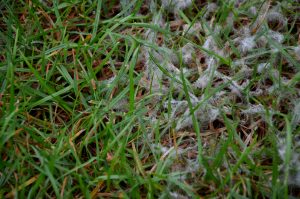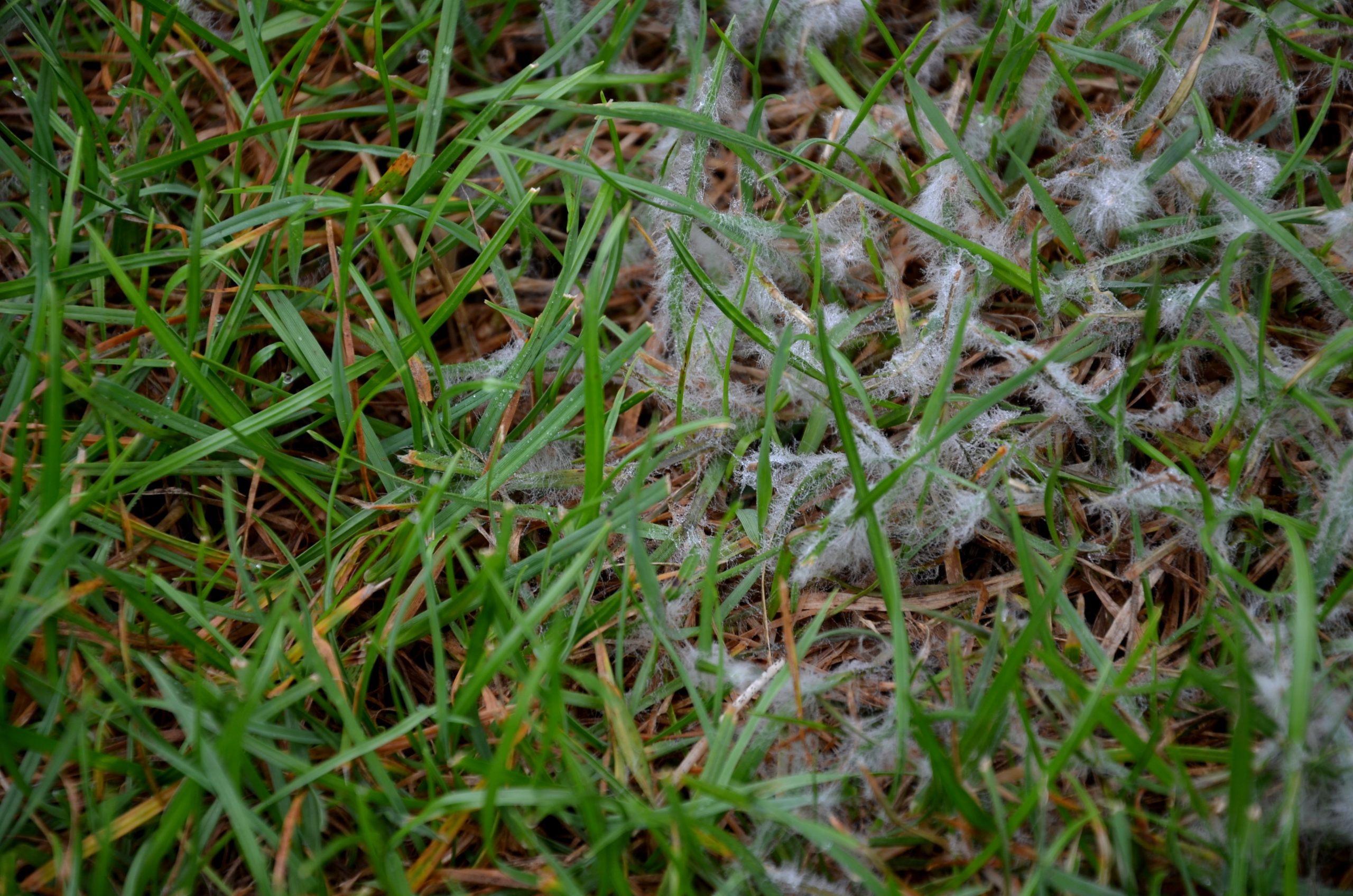How Can I Prevent Snow Mold?
While you are dreaming about the warm spring weather and planning out your warm-weather landscaping project, you also need to prepare for snow mold, a common fungal disease that can affect your lawn.
Snow mold often appears at the end of winter as the last remnants of snow melt away from your lawn. We tend to receive a high volume of calls in February and March from clients who need us to examine their lawns that have suffered snow mold damage.
What Is Snow Mold?
Snow mold is a type of fungal lawn disease that affects the grass in the earlier months of the year. Pittsburgh lawns tend to suffer from this due to the freezing temperature and snow that we experience for months at a time.
As the snow begins to melt away, you will notice yellow patches on your lawn if it has been affected by snow mold. If your area experiences a snowy, wet spring, this will create conditions where the snow mold can begin to spread and thrive throughout the lawn.
How to Identify Snow Mold in Your Yard
Snow mold causes grass to have a yellow color and a
straw-like appearance. When it comes to identifying snow mold, there are two types of snow mold: gray and pink.
The tint of your grass will determine what type of snow mold you have. Both pink and gray snow mold are different types of snow mold fungus.
I can’t get rid of my snow mold. What can I do?
Snow mold will lay dormant in grass plant debris throughout the summer and then remerges when temperatures drop. While snow mold is not a threat in the summer, if you leave it untreated, this lawn disease will continue to come back every year, particularly after a wet winter or spring.
Untreated snow mold will spread throughout the lawn and damage your grass. As snow mold spreads, more patches of your grass will die and will need to be replaced. This will cause you to have to invest more time and energy in reviving your lawn in the summer.
How Can I Prevent Snow Mold on My Lawn?
A snowy, wet winter in Pittsburgh can’t be avoided, but it doesn’t mean snow mold will always be a threat. Having a lawn care service maintenance plan in place can provide your grass with many benefits, including customized fertilization that is designed to help your lawn resist disease and fungi.
There are steps you should take in the fall season to remove any environment where the snow mold can thrive. These steps include:
- Mow your lawn throughout the end of the season to keep it short before the snow comes.
- Use fall core aeration to reduce thatch in your yard and prevent snow mold from living there.
- Rake up as many leaves as you can to help reduce the moisture on the ground.
Think You Have Snow Mold? Superior Lawn Care Can Help!
In the early parts of the infection, snow mold can be treated more easily. You can lightly rake out patches of snow mold, providing the surface with more air and promoting conditions for your grass to become healthy again.
In early spring, the next step is to apply fertilizers and a crabgrass barrier to your lawn.
Professional Lawn Care Maintenance Services in Pittsburgh
If you’ve noticed snow mold in your yard, give Superior Lawn Care a
call. We have
the tools and expertise to effectively treat your snow mold and keep your lawn healthy and resistant to lawn diseases throughout the year. We are proud to serve the entire Pittsburgh area, including Wexford, Indiana, Upper St. Clair, Penn Township, Moon Township, Cranberry, and North Huntingdon.



